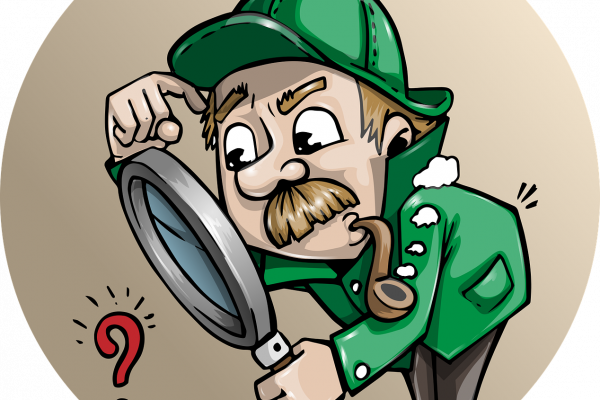1. What is the first step in validating my business idea?
The first step is to identify the problem your idea solves and who your target audience is. Then, validate your idea by conducting surveys, interviews, or focus groups to gather direct feedback from potential customers. Use free tools like Google Forms for surveys or platforms like Reddit and Facebook groups to engage with niche communities.
2. How can I determine if my idea is unique in the market?
Perform a competitive analysis by researching existing businesses offering similar products or services. Look beyond direct competitors and consider alternatives customers might use. Use tools like Google Trends, SEMrush, and LinkedIn to identify market gaps and unique positioning opportunities.
3. Do I need a business plan for just an idea?
While a full business plan may not be necessary at the idea stage, having a one-page business canvas is invaluable. Tools like the Business Model Canvas help outline your value proposition, key resources, revenue streams, and customer segments succinctly.
4. How do I protect my business idea?
Consider the following:
- Non-Disclosure Agreements (NDAs): Use NDAs when sharing your idea with potential collaborators or investors.
- Trademark Research: Check for existing trademarks using platforms like USPTO or WIPO.
- Provisional Patents: If applicable, file for a provisional patent to secure your idea temporarily while you refine it.
5. How can I build a prototype or MVP (Minimum Viable Product) on a budget?
Leverage no-code tools like Bubble, Webflow, or Canva for digital products, and look for local makerspaces or 3D printing services for physical prototypes. Collaborate with freelance developers or designers on platforms like Fiverr or Upwork to keep costs low.
6. Should I bootstrap or seek funding for my idea?
This depends on your resources and the scalability of your idea. Bootstrapping allows you to retain full control, while funding accelerates growth but may require equity sharing. If funding, explore angel investors, grants, or crowdfunding platforms like Kickstarter.
7. How do I know if my target market is large enough?
Calculate your Total Addressable Market (TAM) by researching industry reports and market data. Platforms like Statista, IBISWorld, and government databases provide insights into market size and growth potential.
8. What are the best ways to test my idea in real-time?
- Landing Pages: Create a simple landing page to gauge interest and collect email sign-ups.
- Pop-Up Shops: If physical products, set up temporary retail spaces to test your offering.
- Pre-Sales Campaigns: Use platforms like Gumroad or Kickstarter to see if customers are willing to pay in advance.
9. How can I handle feedback without losing focus?
Group feedback into actionable categories: Must-Haves, Nice-to-Haves, and Outliers. Prioritize addressing the Must-Haves while maintaining the core essence of your idea.
10. When should I pivot my idea?
Consider pivoting if:
- Your idea fails to gain traction after multiple iterations.
- Customer feedback consistently highlights a different pain point.
- Market conditions or competitor activities make your original idea less viable.
11. How do I transition from an idea to a fully-fledged concept?
Start by developing a strong brand identity and defining your unique selling proposition (USP). Secure your initial customer base through pre-launch campaigns or beta testing, and create a roadmap outlining milestones for the next 6-12 months.
12. What are the common pitfalls to avoid when developing an idea?
- Analysis Paralysis: Spending too much time researching without taking action.
- Overbuilding: Adding unnecessary features to your product or service.
- Ignoring Feedback: Dismissing customer input that challenges your assumptions.
- Underestimating Costs: Failing to account for unexpected expenses during the development phase.
13. How do I pitch my idea effectively?
Use a storytelling approach:
- Problem: Describe the problem your audience faces.
- Solution: Explain how your idea solves this problem.
- Market: Highlight the size and potential of your target market.
- Traction: Showcase early wins or metrics, if available.
- Call to Action: Clearly state what you need from your audience (investment, partnership, etc.).
14. How long does it take to turn an idea into a viable business?
This varies depending on the complexity of your idea, industry, and resources. On average, it can take 6 months to 2 years to transition from idea to revenue-generating business. Focus on incremental progress rather than rushing the process.
15. What tools or resources can help me refine my idea?
- Idea Validation Tools: SurveyMonkey, Typeform, Google Forms.
- Prototyping Tools: Figma, Sketch, TinkerCAD.
- Market Research Tools: Statista, Google Trends, AnswerThePublic.
- Learning Resources: Coursera, Udemy, and YouTube channels like Y Combinator’s Startup School.
Final Thoughts
Turning an idea into a successful concept requires a blend of creativity, diligence, and strategic execution. By addressing these FAQs, you can navigate the initial stages with confidence and increase your chances of building a thriving business. Remember, every successful company began as a simple idea—the key is taking action.





